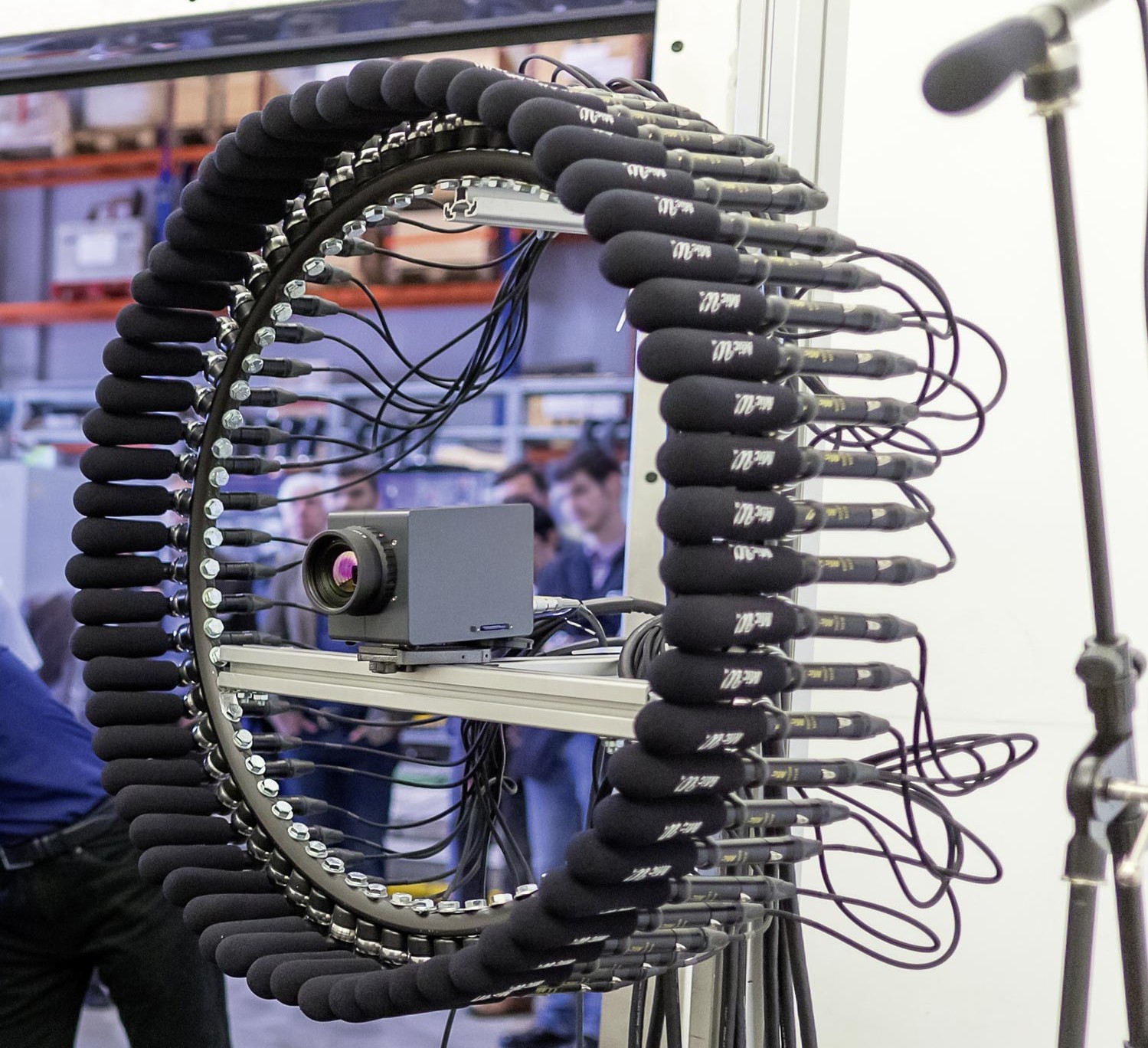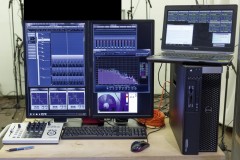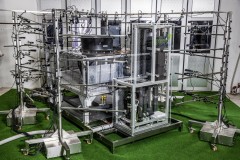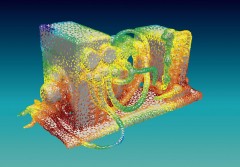Throughout Europe air-source heat pumps are among the heat pump systems most widely sold for heating and also cooling residential buildings. Their advantages include modest space requirements, relatively low investment cost and straightforward installation. However, in operation air-source heat pumps can emit objectionable noise. This could make it difficult to employ them extensively, particularly in built-up areas. Given the high air flow rate needed, beside the emissions of the compressor, the blower and the vaporizer could also have an effect on the sound level. In spring and autumn noise emission levels can rise because the vaporizer ices up, in which case higher local flow speeds result in more and sometimes tonal emissions being observed.
In the past qualitative assessment was applied to measures concerned with design and control methods, as well as component-specific and active steps to minimize noise emission levels. At AIT Austrian Institute of Technology advanced numerical and experimental methods of quantitative assessment for noise abatement measures in air-source heat pumps have now been employed; this is intended to help Austrian manufacturers in developing/adapting their products in the mid term.
The researchers are developing new methods of acoustic measurements with which to distinguish and localize sources of noise by frequency. They perform simulations of the complete system, taking the level of noise emitted into account (even when the outdoor module is iced up). To investigate the effects of noise abatement measures experimentally, an industry-oriented modular air-source heat pump is to be set up.
Apart from quantifying selected “passive” measures, approaches such as using anti-ice coatings from the WYSS Institute for Biologically Inspired Engineering at Harvard University to deal with icing up and thawing, and noise cancelling as an “active” measure are evaluated. In collaboration with the Acoustic Research Institute at the Austrian Academy of Sciences, selected noise abatement measures are also being analyzed psychoacoustically. The project’s findings will be incorporated in a catalogue in which established and innovative noise abatement measures are assessed quantitatively.
Share


